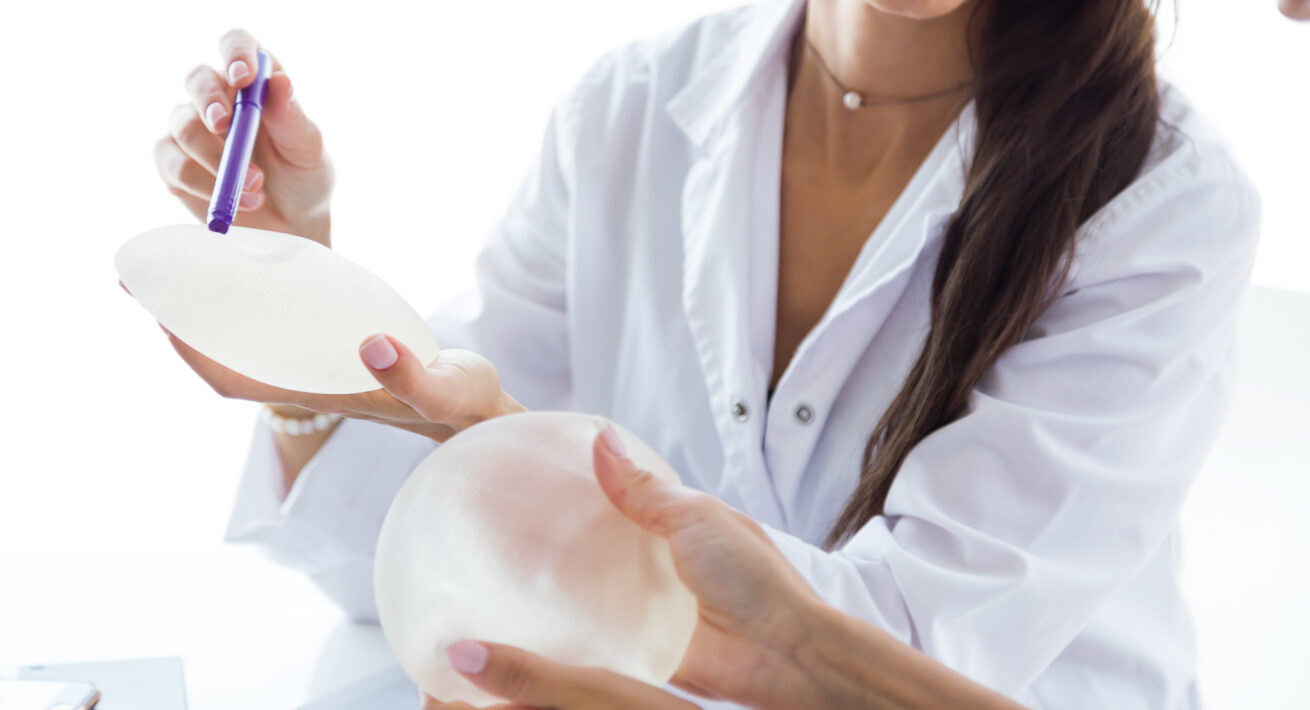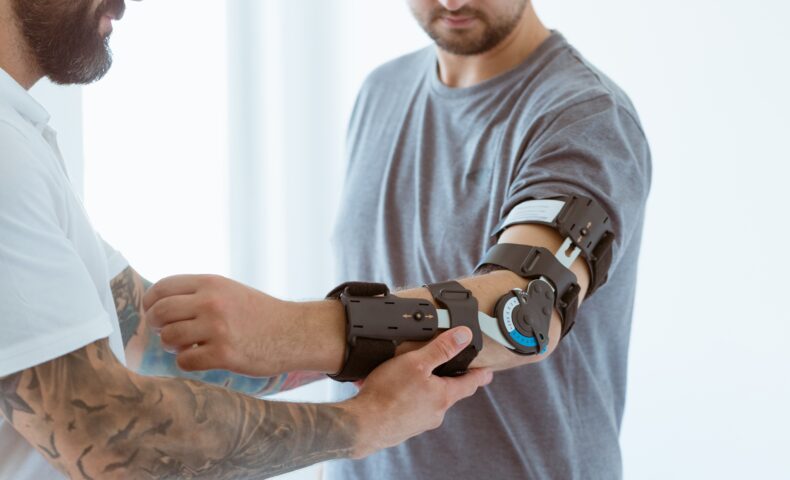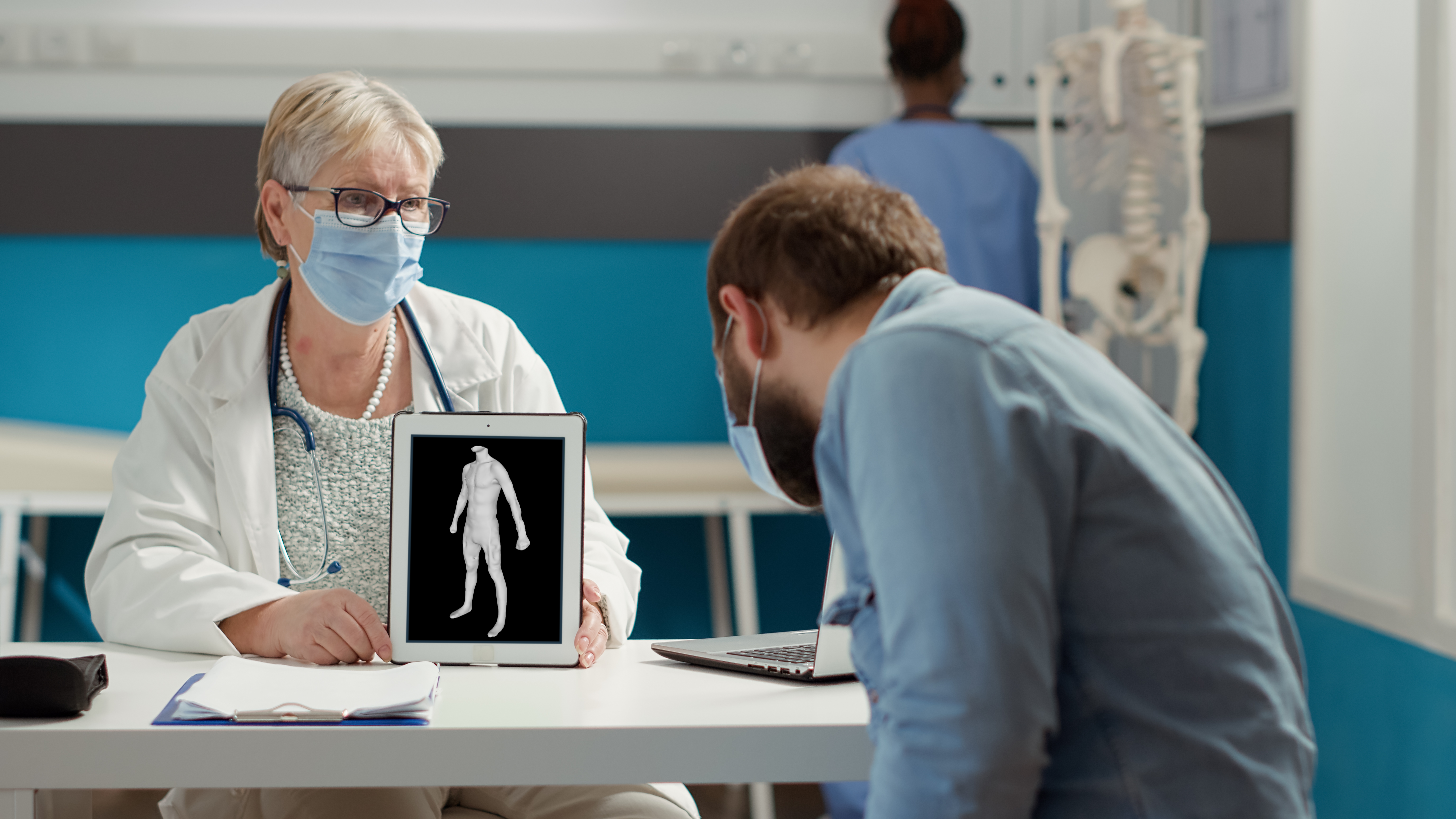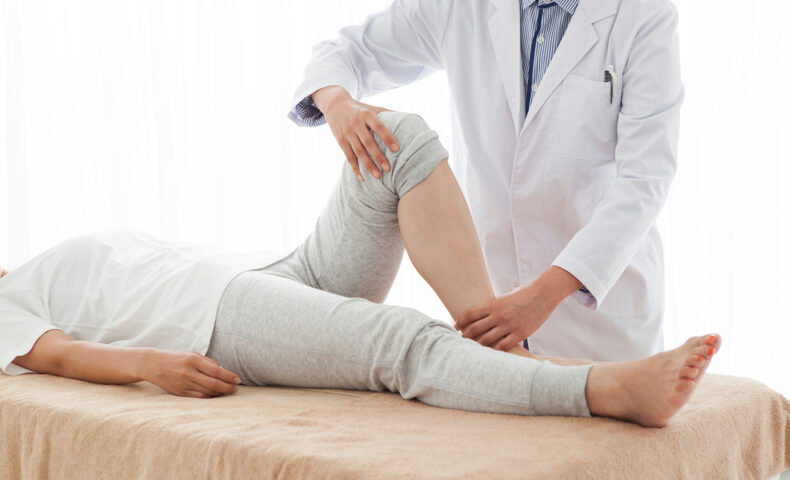Mobile 3D scanning technology is revolutionizing the healthcare sector, particularly in the design of breast prostheses. This approach makes it possible to create customized prostheses for patients who have undergone a mastectomy, suffer from congenital malformations or are seeking breast augmentation. Let’s find out how mobile 3D scanning simplifies and improves breast prosthesis design.
What is a breast prosthesis?
A breast prosthesis is a medical device used to restore the shape and volume of a breast after surgery, such as a mastectomy, or to correct congenital malformations. With advances in technology, breast prostheses can now be manufactured in 3D from biodegradable and biocompatible materials. These devices are designed to integrate naturally into the body and promote the regeneration of breast tissue.
When is breast prosthesis required?
Breast prostheses are used in a variety of medical contexts, including:
- Breast reconstruction following mastectomy for breast cancer.
- Correction of congenital malformations, where the patient has an asymmetry or absence of breast tissue.
- Aesthetic breast augmentation, to improve the volume or shape of the breasts.
Who can prescribe a breast prosthesis?
Breast prostheses are prescribed by healthcare professionals such as plastic surgeons or oncologists, depending on the patient’s medical needs. They assess the patient’s morphology and expectations before recommending the most suitable type of prosthesis.
Creating breast prostheses via a mobile phone
Thanks to advanced mobile 3D scanning technology, it is now possible to create custom-made breast prostheses directly from a smartphone. This innovative process offers a quick and easy alternative to traditional methods, while guaranteeing millimetric precision.
3D breast scanning
The process begins with a 3D breast scan using a cell phone. This scan captures the patient’s morphological data, such as breast shape, size and symmetry. This technology creates a precise 3D model, which serves as the basis for the design of the 3D breast prosthesis.
Creating 3D breast prostheses
Once the data has been collected, the prosthesis is 3D printed in the form of a biodegradable lattice. This mesh is designed to adapt perfectly to each patient’s unique morphology, offering maximum personalization. It is then implanted under the skin, acting as a temporary structure to promote natural tissue regeneration.
The 3D breast prosthesis will gradually resorb as the breast tissue regenerates. Ultimately, the patient is left with a living, natural and sensitive breast, with a visual and functional appearance close to the original.
Why choose a mobile application?
The benefits of mobile 3D scanning
Scanning via a mobile application offers numerous advantages for healthcare professionals and patients alike:
- Precision : 3D scanning captures morphological details with millimeter precision. It is therefore possible to obtain accurate, to-scale, photorealistic 3D models from a smartphone.
- Time-saving: the 3D scanning process is fast and intuitive. Healthcare professionals can concentrate on their clinical expertise and patient care.
- Accessibility: A smartphone is all that’s needed to perform a 3D scan, making the technology accessible in different medical environments and even at home for the patient.
- Customization: Each prosthesis is made-to-measure, respecting the uniqueness of each patient.
MyFit Solutions, the mobile 3D scanning solution for healthcare
With MyFit Solutions, healthcare professionals have access to cutting-edge technology to design custom breast prostheses, while simplifying the process through the use of a simple cell phone. Our solution not only enables the creation of prostheses tailored to each patient’s unique morphology, but also enables post-operative progress to be monitored, even from a distance.
Thanks to mobile 3D scanning, healthcare professionals can monitor breast tissue regeneration and prosthesis integration without the need for frequent travel. This enables closer, more responsive monitoring, while offering patients great flexibility in their recovery.






